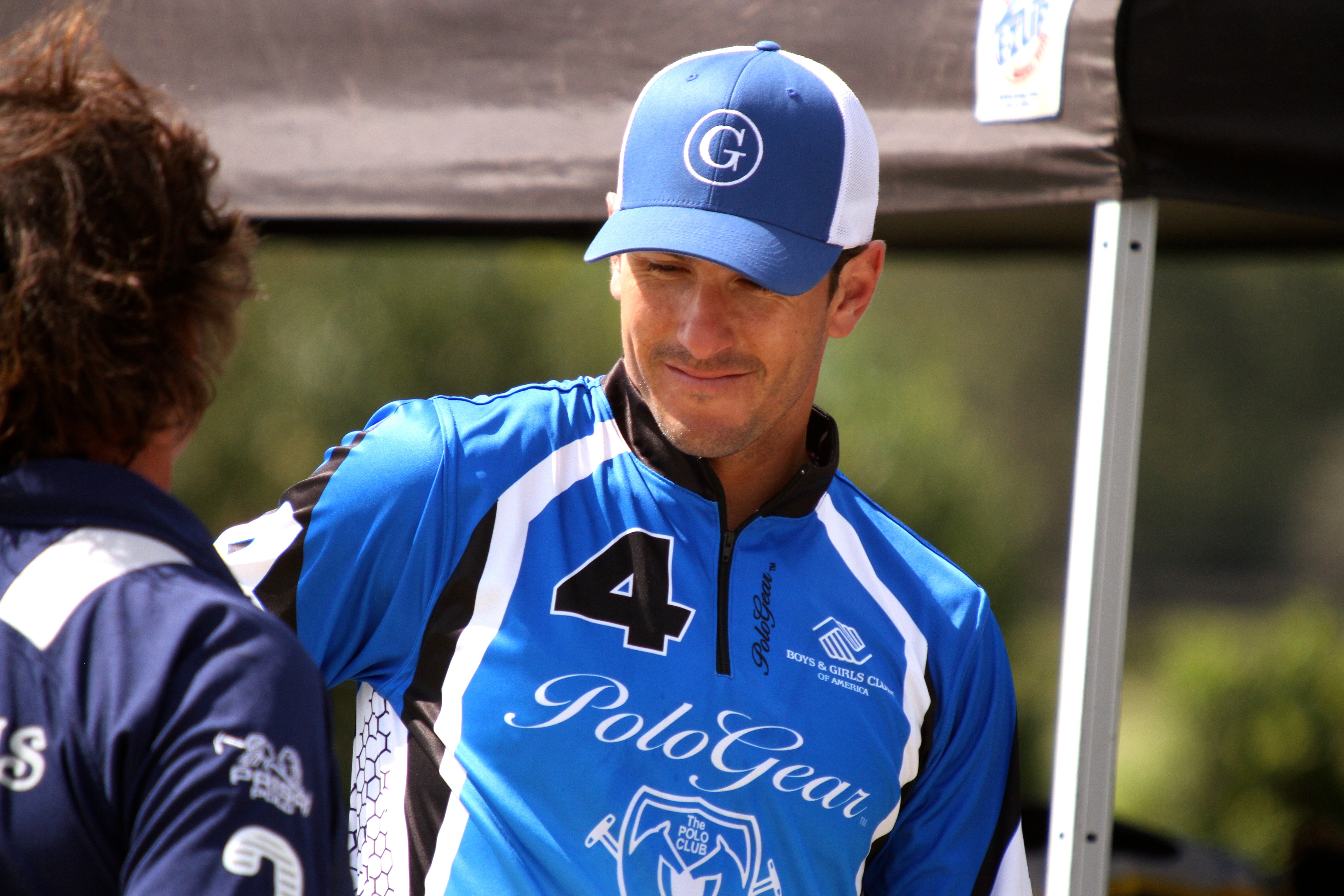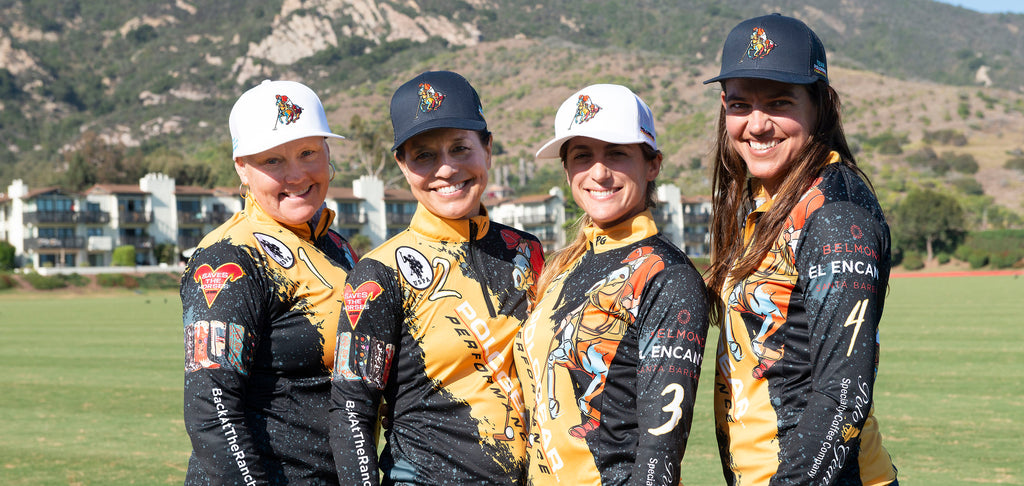
What Type Of Polo Team Shirt or Polo Team Jersey is Best?

There are many ways to make the team shirts that are worn in polo competitions around the globe. Historically they started as woven shirts, then to the iconic knit “polo shirt” perfected by Brooks Brothers in the 1920s, to the sublimated high-performance fabrics of today.
Which are best for you, where do you find them, how much do they cost, how long do they take to make, and which supplier is the best to use are all important questions you may be asking yourself?
Polo shirts are required to have numbers to differentiate the team members, and most teams want to have the team name or sponsor name prominently displayed. From here many like logos or attractive patterns or designs. These designs can range from very simple to very elaborate. Now with the advent of dye sublimation and computer graphics and design, they have become massively complex and beautiful with no limits to the creativity and imagination of the design.
Simple polo shirts could be cotton, or polycotton or poly polo shirts with numbers sewn, embroidered, silk screened, or heat transferred on them. All these types of shirt production are still used today. Polo rules require each team to come to the field with both a light and a dark set of shirts.
For the past 100 years, until the past 10 years, most polo team shirts were made on cotton pique knit polo shirts. Sometimes cotton jersey knits were used or other knit patterns, but primarily they were pique. Why? Mostly because pique was a durable weave for the roughness of polo and it provided good ventilation for the day. They also looked good and embroidered well. Rene Lacoste made the Izod polo shirt iconic in many and tennis circles. A few polo based companies began to specialize in just building polo team shirts and polo team jerseys. The PoloGear Teamshop™ was really the first in the world to specialize specifically in polo custom team shirt and polo custom polo shirt production and to export these nationally and internationally. That was in 1995.
Special embroidery machines and extra-large hoops allowed them to create embroidery for the front and back of the team shirts in one template, simplifying production but more importantly controlling the alignment of the design elements and providing standardization and allowing more complex and sophisticated designs. Here branding, letters, numbers, logos could all be aligned and organized to precision. Corporate sponsors and image sensitive sponsors loved the new professionalism afforded. Special machines made of cast iron allowed precision embroidery even on these large jobs and a whole specialized industry was created.
Team shirt design often included satin twill sashes which could be attached in different ways, typically horizontally, diagonally or vertically and these were often incorporated into the designs or would be attached by a seamstress by hand. Numbers could also be attached by hand or by an embroidery machine provided the digitizer and operator were skilled. These cotton shirts could range in price between $75 for a simple shirt with numbers to $125 or more for complex team name and embroidery.
At the turn of the century, technology was changing the performance market and new fabrics were being developed that promoted moisture wicking and improved comfort for sporting activities. PoloGear™ was a leader in polo shirt performance once again and developed a proprietary fabric that was superior in its performance characteristics. Hybrids of this original KwikDri™ fabric still remain best in class today. With this superior fabric also came a new technology for embellishment. Sublimation is a chemical process where heat and pressure allow special ink to chemically and physically change the molecules of the sublimation fabric, so they change color. This process is superior because it never fades or wears off. It also has the advantage of reproducing exactly any computer design. Because of the superiority of fabric and design most polo shirts and polo jerseys are made from the sublimation process today. It is still possible to have traditional embroidered or heat transferred polo shirts made as well. Sublimated shirts can vary in price from $145 to $225 depending upon design, quantity and sewing options.
Today the traditional polo three button plaquette is used by a newer design mock neck zip style is more popular and is used by most of the high goal teams because it is more stylish, comfortable to wear and with the zip allows an additional element of temperature control.
